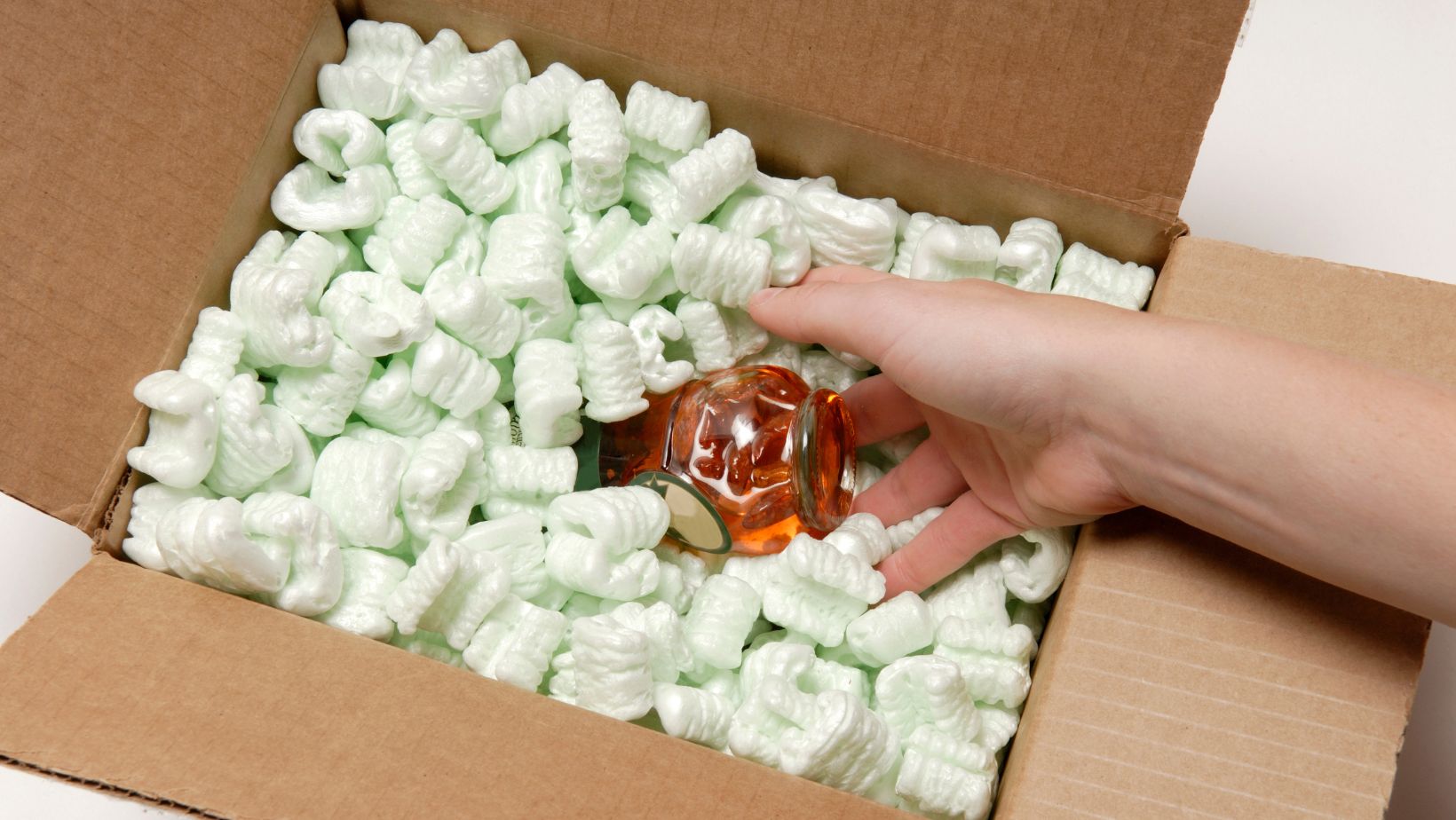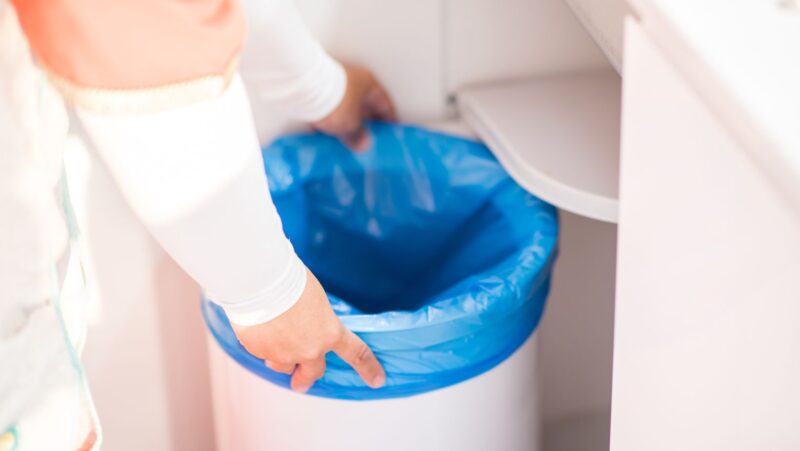
Packing up breakable items can be a daunting task, especially if you’re trusting someone else to get it to its destination in one piece. But don’t worry! Learning how to ship fragile items doesn’t have to feel like navigating a maze of bubble wrap and packing peanuts.
Wireless temperature monitoring technologyis a useful tool to makeit possible to monitor and regulate temperatures of fragile items as they travel from one location to the next. This can be a useful tool for ensuring that sensitive items remain safe from extreme temperatures during the shipping process.
We’ll show you everything you need to know about getting your precious cargo safely from point A to point B. So, let’s get started…
Choose the Right Packaging Materials
When shipping fragile items, choosing the right packaging materials is essential for keeping your item safe during transit. Some of your options include cardboard boxes, air cushioned bubble wrap or foam sheets. While a plain cardboard box may be the most economical option, using proper cushioning and stabilization materials will help reduce the risk of damage during shipment. Prior to packing the item, make sure to research what materials are best suited for your item’s specific needs.
Factors such as weight, size and type of products must be taken into consideration in order to choose an appropriate packaging material. For lighter items, items like bubble wrap or foam sheets can provide extra protection from bumps and drops during transport. If you’re shipping heavier items with sharp edges, you may need additional cushioning like foam-in-place technology or even custom fitted shipping boxes to protect against any damage that might occur during transit.
In addition to cushioning material, you may wish to consider including packing peanuts or Styrofoam sheets on either side of the item inside the box for added stability while in transit. You should also include a couple pieces of loose fill padding on top and bottom of the package as additional protection against shifting during handling or transport.
Select a Sturdy Box
When shipping a fragile item, selecting the right box is essential. A sturdy box with plenty of internal packing material not only reduces the chances of your item being damaged in transit, it also protects it from dust and debris while in storage. Start by finding a box that is slightly larger than your item. This will give you enough room to use proper cushioning materials inside the box. Choose one made from double-wall cardboard or plastic with thick side walls and strong seams that can maximize protection during shipment.
Once you’ve chosen a box, make sure to line it with bubble wrap or packing foam to help defend against shock during handling and transportation. It’s also important to consider how much filler material you need for protecting your item and ensuring it stays snug within the box – for instance, if you were shipping dangerous goods, excess air voids need to be minimized because they could lead to an explosive reaction due to limited air exposure inside the package.
Label the Box Correctly
Labeling the box correctly is an essential step in ensuring safe delivery of your fragile items. Properly labeling the box will help protect your package from potential mishandling, damage and theft. Before packing the item, make sure to pick the best-sized box for it. Aside from that, you should also take into account additional cushioning materials that you’ll be adding during packing – a too small box will not protect your item properly. Once you have chosen and packed the box with items, label it clearly and make sure to include important information about its contents. When labeling a package containing fragile items, make sure to:
- Include ‘FRAGILE’ prominently on all sides of the package. You may use bold letters or place it in areas which can be easily seen by mail handlers handling your package.
- Mention ‘This Side Up’ on all visible sides of the package – this shows handlers the correct side of holding the parcel while moving it around.
- Include Complete Shipping Address such as contact person’s name, full address including ZIP code, mobile phone number and email address (in case there are any delivery exceptions).
- If applicable, include “Keep away from sun” or “Keep away from cold” warnings mentioned outside indicating extra care required in transit as per climatic conditions where available.
Insure the Package
When shipping fragile items, insuring the package is an important step. If an item arrives to its destination damage, insurance can provide reimbursement to cover the cost of those items. Before you purchase insurance coverage for your shipment, be sure to read the terms and conditions of the insurer carefully. Make sure that your items are eligible for coverage and that you understand any deductibles or limitations in place prior to buying a policy. Some carriers and third-party insurers offer liability coverage as well as added monetary compensation if a package is damaged due to mishandling during transit or storage.

Once you have purchased coverage, you will need to attach a detailed label and/or delivery note with each item shipped detailing the value, quantity and weight of what is inside. When packing and shipping delicate items, it’s also important to consider how environment affects the product – if your package has temperature-sensitive materials such as food products or expensive art pieces, you may want to look into including insulation materials in your packaging for added protection during transit.
Choose the Right Shipping Company
Choosing the right shipping company is a crucial step when it comes to shipping fragile items. Depending on the item being shipped, your choice of carrier will affect both the cost and the security of your item’s delivery. Before you commit to a carrier, research their services, policies, and regulations in regard to fragile items. Be sure to ask if they offer any damage protection or insurance plans you can use should your items be damaged during transit. Additionally, examine which destinations they are able to ship to and if special methods are required for those specific locations.
It’s important that you consider the size and weight of your item as well when making this decision – it’s been known for some carriers to adjust their fees based on those factors. It’s also important that you find out how much time is needed for transit, as longer times can lead to more potential risks of damage and delays in delivery – with your fragile item you want them all taken care off as soon as possible! Take some time and weigh up your options until you find a deliverable scheme that fits both what you need for cost efficiency as well as safety compliance – do not be hasty in this process!
Track the Package
Tracking your package is an important step in the shipping process. It allows you to monitor where your package is at each step of its transit, which can be especially useful for packages carrying fragile items. Contact the carrier before you ship to determine what tracking options they offer, such as signature confirmation or tracking information.
Tracking your package will provide peace of mind that the item arrives safe and sound, and you can use this information to update clients on shipment statuses or even file an insurance claim if something happens to go wrong. If available, consider investing in additional tracking services provided by the carrier such as enhanced tracking or real-time updates. This may come with an additional cost but is usually worth it for fragile items.














